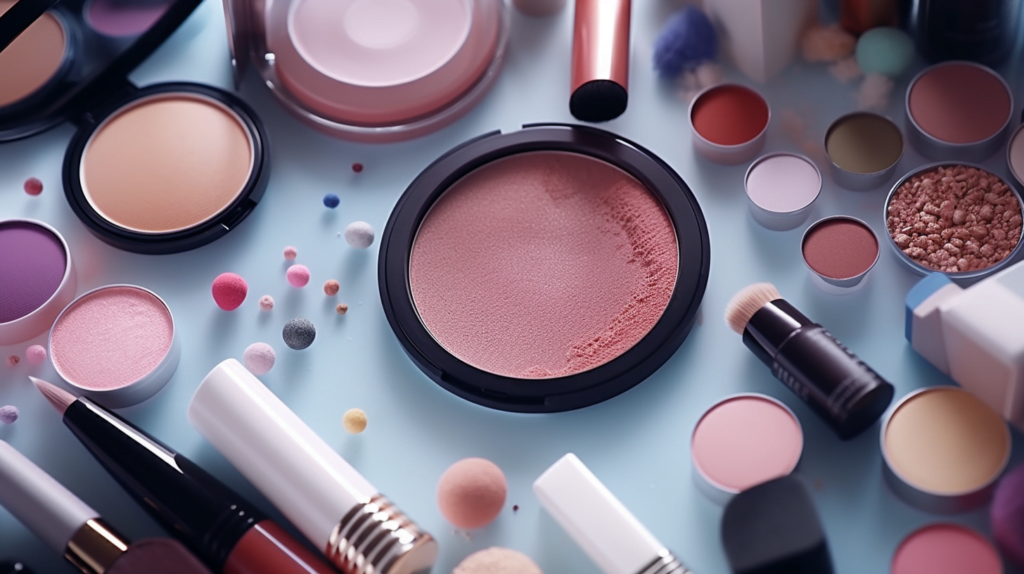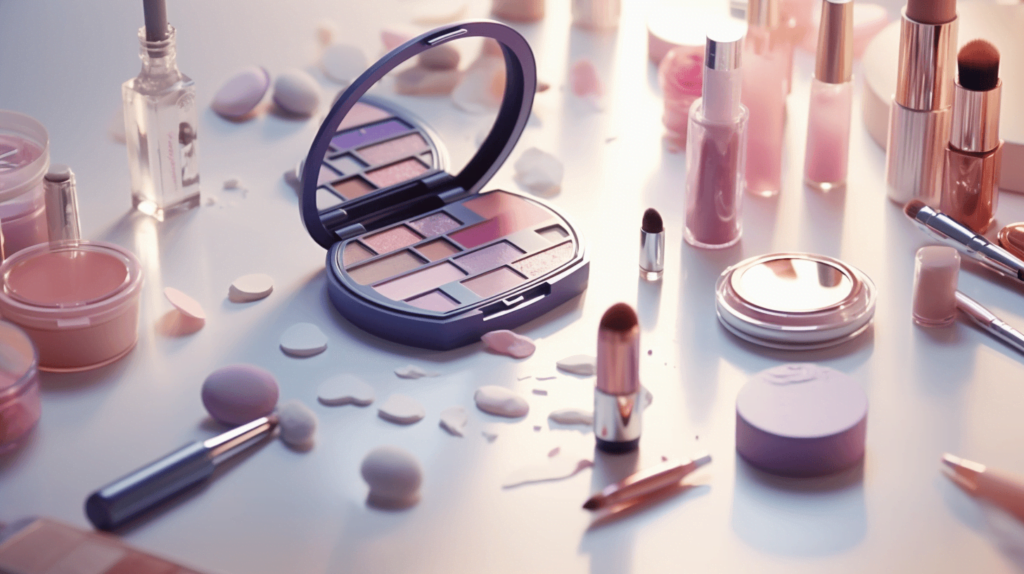Much like growing out a bad haircut, one's zero-waste journey has a few... well, awkward phases.
Though it may start off slow and steady, the gradual implementation of behaviors, attitudes, and products eventually gets to a point where your life and home are in limbo, between the way you once were and the (new) way you're trying to be.
It's almost like an old-school wrestling match where on one hand you have your reusable glass straws, compost bin, and plastic-free pantry, and on the other, you have relics from an older way (things that no longer align with your earth-loving stance on things).
For me, a big offender in this was old beauty products. Once I was more educated on the effects of waste creation and product ingredients, I realized a lot of the items in my beauty arsenal were not only harmful to me but to the planet- yikes!
Of course, sometimes beauty products and lotions simply weren't all they were hyped up to be and are quickly banished to the bottoms of makeup bags and the backs of bathroom cupboards. No matter how you come to find a bunch of beauty products that need disposing of on your hands, I've got you.

If your cosmetic and care products aren't exactly old but are possibly toxic, here are some big no-nos when it comes to ingredients:
Now that I've been a royal bummer, you might like to know that there are safe ways to dispose of and recycle these products. Whether they're simply old and expired or you've come to realize that they're not aligned with the lifestyle you're trying to curate, safely disposing of these products and their packaging can make a huge difference in your effect on the world.
Since a lot of these products are toxic and can do serious harm to the planet when they get into the land or water supplies, we need to empty out what's inside before we can take care of the packaging.
Leftover makeup can be broken, scraped, and tapped out into a plastic bag (a rare example of plastic's lack of degrading being helpful). Make sure you get all of it and then put it into the trash. This creates a barrier so that the harmful ingredients cannot escape and cause environmental harm. I like to double-tap and use two bags to make sure the barrier is fortified and less likely to break in case there are sharp objects in the trash.
For lotions and eye creams, you want to absorb the product into a paper towel or cotton swab. You can then repeat the previous step and place the product-soaked item into a bag which can be then placed into the trash, safely out of reach.
As with most things when facing a zero-waste conundrum, the answer is: RECYCLE.
Now, before we get started, you should know that some beauty brands will take back old makeup containers. You can check on their website or call ahead to confirm recycling programs and what the requirements are. There are also buyback programs that will take your old makeup containers free of charge.
If that is not the case, here's how to proceed with recycling your old makeup and cosmetics:

Note that mixed material items are non-recyclable. That is to say that the average makeup palette, compact, or case has multiple layers that use a myriad of products ranging from plastic to metals and papers. This mixed composition means that they are impossible to recycle as recycling programs cannot break them down into their raw material constituents.
In this instance, you can either reach out to a previously-mentioned buyback program or, unfortunately, throw the item away or find a creative means to reuse it. This might feel like a setback but don't be too hard on yourself. So long as these lessons inform your future purchasing choices (such as single-material packaging) then the battle is not lost, friend.
Once you have figured out what you can and can't recycle, it's time to separate your different materials. That is to say: glass, paper, plastic, metal, etc. Note that magnets CANNOT be recycled and to avoid adding extra work for your local recycling programs, it's best to remove them yourself (they're often found in palettes that have a magnetic seal).
Review the numbers under each of the plastic items you are ready to recycle and research if they are accepted by your local recycling program (in my experience, type 5 plastics are often not accepted but breaking them down into smaller parts and placing them into larger plastic containers that can be recycled are a good trick around this).
You are now ready to place your items into your recycling bin or drop them off at your local recycling program for safe disposal. Yipee!
So, you've sifted through your beauty stash and found a bunch of products that are past their prime. Before you think of tossing them out, let's get crafty! Repurposing old cosmetics and lotions isn't just eco-friendly; it's a fun and innovative way to reduce waste. Here are some clever ways to give your old beauty products a second life:
Your final step is to rethink how you purchase beauty products in the future and make sustainable choices that will ensure the eventual disposal of these products is easy, clean, and gets a gold star from our planet. After all, there's no point in looking, smelling, and feeling beautiful if it's at the expense of our darling home.
In my research, I've been very heartened by how many options there are for eco-friendly, zero-waste, vegan, and recyclable cosmetics and beauty products. Be sure to check out my guide to the 6 best zero waste beauty brands.
As it is with most things, cosmetics, and lotions won't last forever. As a rule of thumb, makeup and lotions should be disposed of after 2 years while products with active ingredients such as acids will last for a shorter period and require storage (they will often have an expiration date underneath the product or on the label).
Well, it depends. You can either recycle personal care items on your own (making sure to carefully research how to do so beforehand), or you could look up cosmetic buyback programs that will take the items off your hand at no added cost and recycle them on your behalf.
The difference between an expired cosmetic product that ends up polluting the environment and one that ends up safely recycled or disposed of is you. This is why research and education around thorough recycling and the disposing of products is so important when on your zero-waste journey.
Moving forward, it is important to note what the items we purchase are not only made with but stored in. That way our future selves can be saved a lot of work and, in the instances where recycling and reusing is not possible, setbacks.
Though a little mascara and the slathering of a deliciously scented cream go a long way, real beauty comes from our actions. Here's to beauty being a "doing" word.